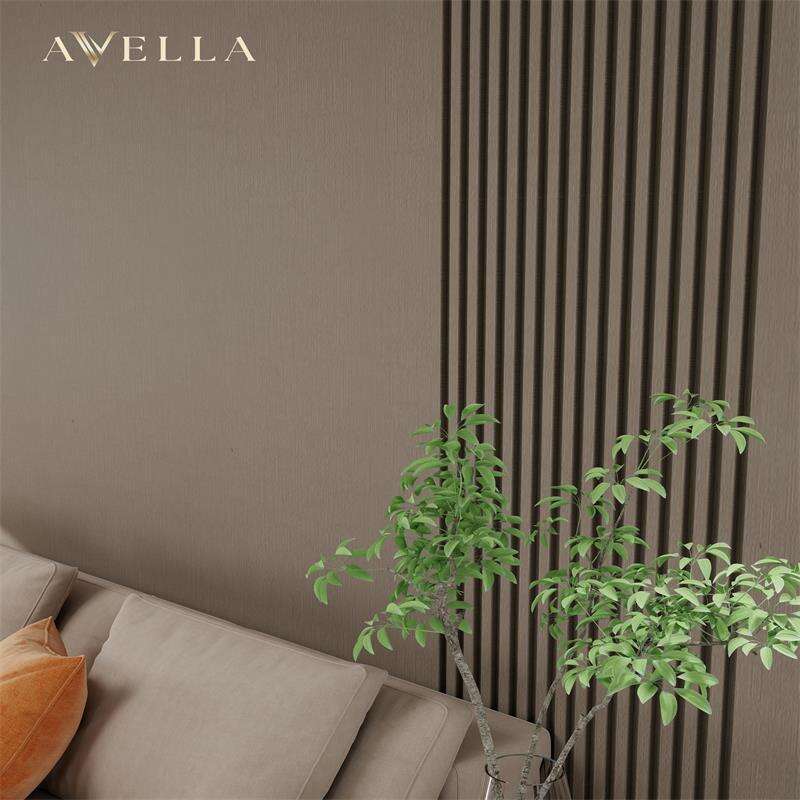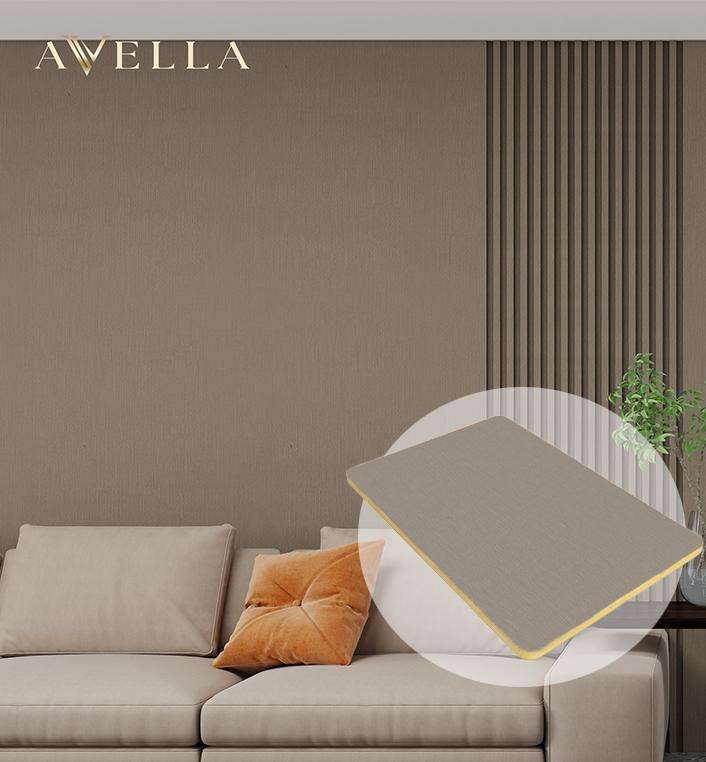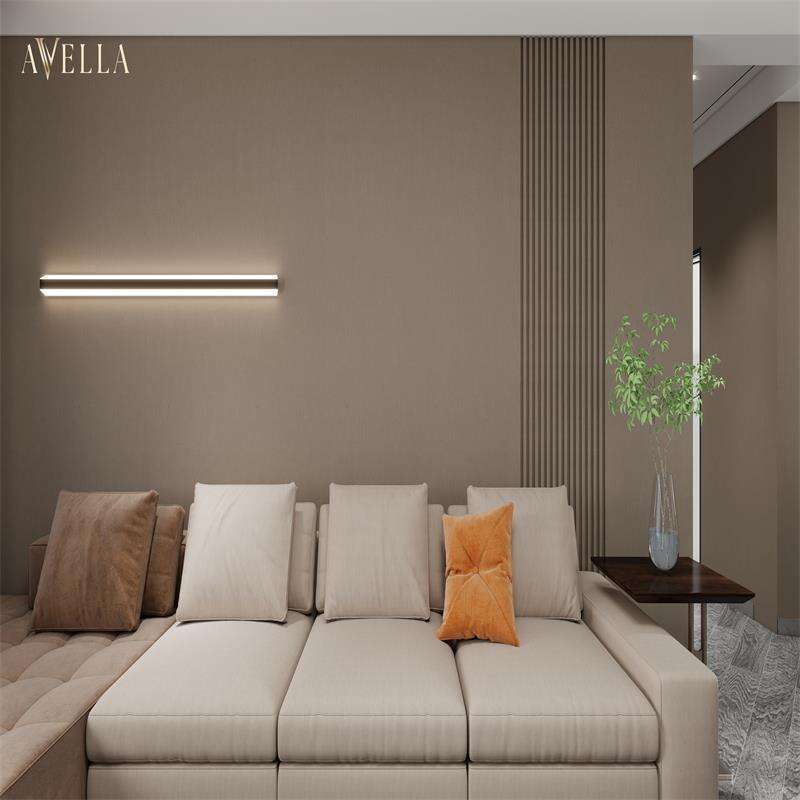wpc wall panel price
WPC wall panel pricing represents a significant consideration in modern construction and interior design, offering a cost-effective solution for both residential and commercial applications. These innovative panels, composed of wood-plastic composite materials, combine the aesthetic appeal of natural wood with enhanced durability and maintenance benefits. The price point varies depending on factors such as panel thickness, size specifications, surface finish quality, and manufacturing technology employed. Typically ranging from $2 to $8 per square foot, WPC wall panels present a competitive alternative to traditional wood paneling. The manufacturing process incorporates advanced compression techniques and UV-resistant treatments, ensuring longevity and consistent performance. These panels feature excellent moisture resistance, fire-retardant properties, and thermal insulation capabilities, making them suitable for both interior and exterior applications. The price structure often reflects the panel's technical specifications, including density, impact resistance, and environmental certifications. Additionally, bulk purchasing options and varying grades of materials provide flexibility in pricing to accommodate different project budgets and requirements.


